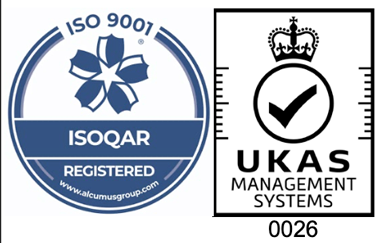An Essential Guide to Rubber Fenders
15th July, 2022
A rubber fender, sometimes referred to as a rubber bumper, is a rubber piece that is mounted onto various vehicles, or objects, to provide protection in the event of a collision.
In this guide, we take a closer look at rubber fenders, including the different types of fenders, what they are used for and how they are manufactured.
What types of rubber fenders are there?
There are a range of rubber fenders, including m fenders, w fenders, d fenders, square fenders, and arch fenders.
Whilst there are a variety of rubber fenders, the rubber D fender is the most popular option. As the name suggests, D Fenders are shaped like the letter ‘D’, creating a flat section that is easy to install onto vehicles. Rubber D fenders have been specifically designed to absorb kinetic energy that is produced when a vehicle crashes into another object.
Which applications use Rubber Fenders?
Due to the versatile application of rubber, they have become increasingly popular across a range of industries, such as the automobile industry. However, rubber fenders are most commonly used within the marine industry on boats, ships, and vessels, as well in loading docks and on piers. You’ll find Rubber D Fenders used most commonly in the marine industry, as well as the warehousing, loading dock, and loading bay industries.
How Often Should Rubber Fenders Be Replaced?
On average, rubber fenders should be replaced every 10 years. However, this is dependant on a variety of factors, such as the application and the environment in which it is used, the rubber material that has been used for the fenders, the quality of the fender, the level of damage the fender has incurred and the maintenance history of the rubber fender.
As the durability of every rubber fender is unique, they should be inspected regularly, and maintenance should be performed to maximise longevity.
How are Rubber Fenders Manufactured?
The most common manufacturing method for rubber fenders is through the rubber extrusion method. This manufacturing process involves pushing the rubber through a die and moulding it into the desired shape. Find out more about rubber extrusion in our guide here.
Aquaseal’s Bespoke Rubber Fenders
At Aquaseal Rubber, we have been manufacturing bespoke rubber fenders for our clients for over 30 years. For our rubber fenders, we use specially compounded EPDM, which is highly applicable to the harshest of environments, due to the material’s resistance to UV, radiation and water.
Using the rubber extrusion process, we produce rubber D Fenders of all shapes, sizes, and order quantities. In addition to our range of standard sizes of rubber fenders, our specialists can also help design bespoke fender profiles that meet your requirements. To find out more about our rubber fenders, contact our team today.


